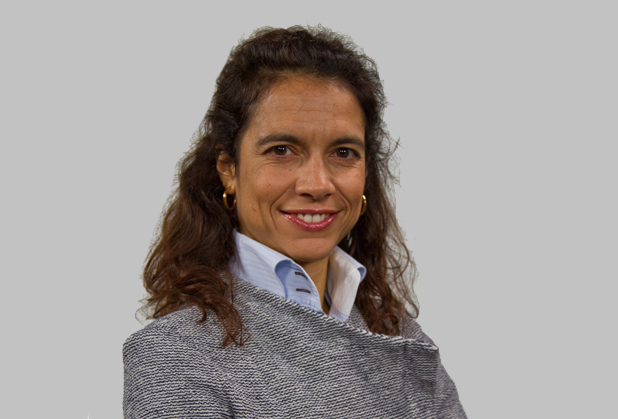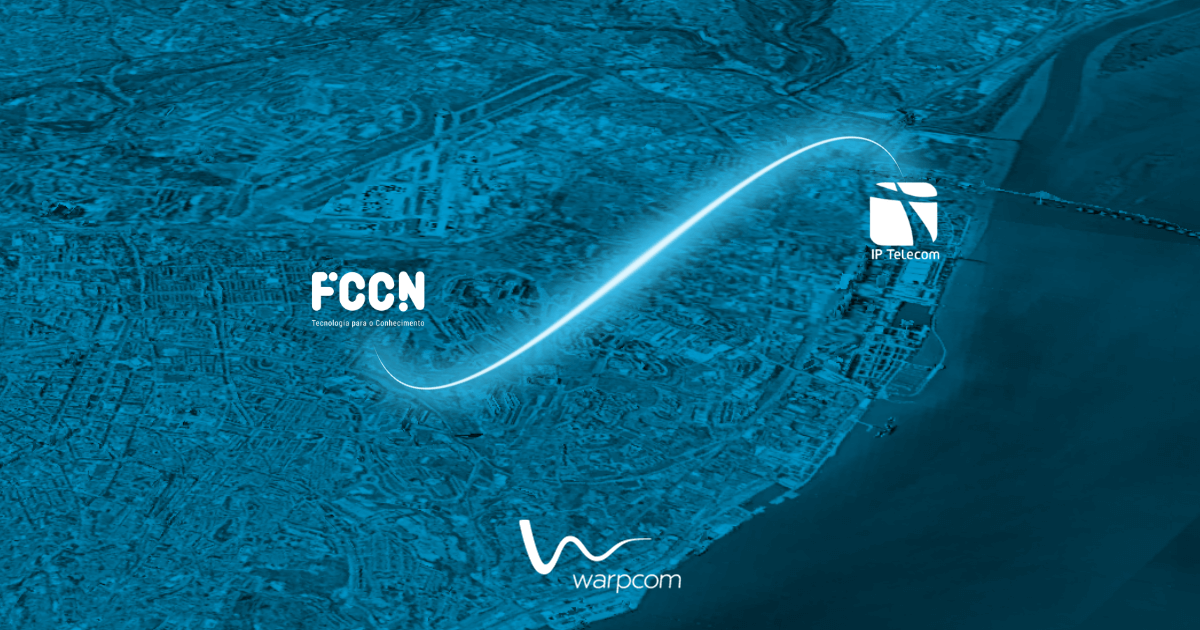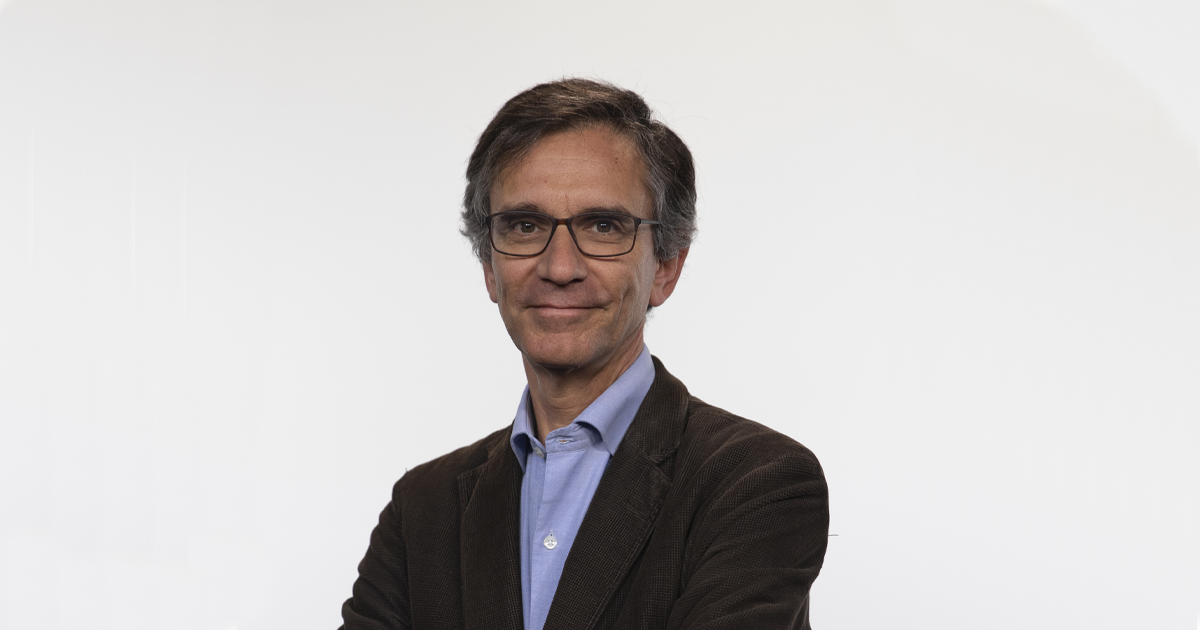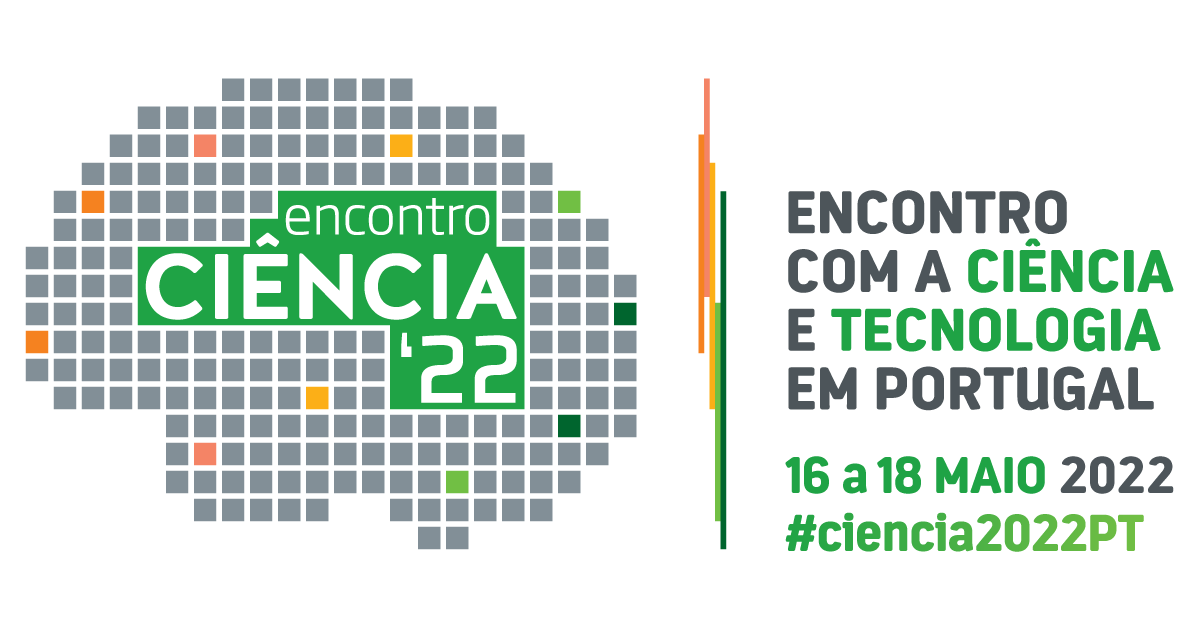A Diretora da Área de Serviços de Rede da Unidade FCCN da FCT , Ana Pinto, explica as principais novidades envolvidas no RCTS 100, bem como o seu impacto para as instituições de ensino superior e de investigação em Portugal. As mudanças que já estão a ser implementadas permitirão dar resposta às necessidades das entidades ligadas à rede académica portuguesa.
No dia 13 de novembro, assistimos à inauguração de dois upgrades de acesso à rede académica nacional, em Bragança e Vila Real, no âmbito do projeto RCTS100*. Em que consiste este projeto e em que ponto de implementação se encontra?
O RCTS100 consiste, essencialmente, no alargamento da infraestrutura de fibra ótica e na atualização tecnológica da rede académica portuguesa, a RCTS, envolvendo um investimento de 17.2 milhões de euros. Para além deste dois objetivos essencias, foi também possível dedicar parte desta verba à capacitação das redes internas de algumas entidades de ensino superior público.
O projeto tem conclusão prevista para setembro de 2021, sendo que já foram alcançadas algumas metas importantes, nomeadamente na vertente do alargamento da infraestrutura de fibra ótica. Já foram ativadas 6 novas rotas que possibilitaram a ligação a 10Gbps dos institutos politécnicos de Beja, Bragança, Viseu e da Universidade de Trás-os-Montes e Alto Douro (UTAD).
Foi ainda possível criar dois novos anéis [na rede]: o anel da Beira do Litoral (Institutos Politécnicos de Leiria e de Tomar) e o anel do Alto Alentejo (Universidade de Évora e Institutos Politécnicos de Portalegre, Setúbal, Castelo Branco e Santarém). Em fase de construção, encontra-se a ligação em fibra da Universidade do Algarve.
E que outros passos estão a ser dados, do ponto de vista da atualização tecnológica da RCTS?
No âmbito da evolução tecnológica da rede, o desafio é tornar a rede mais escalável, quer em termos do número de serviços fornecidos, quer no aumento da redundância e resiliência a falhas. Depois de várias análises e simulações, foi decidida a adoção de Segment Rounting. Acreditamos que esta versão evoluída dos protocolos de encaminhamento IP que estamos a construir reúne atributos tanto de simplicidade como de escalabilidade. Por outro lado, garante mecanismos avançados de proteção e engenharia de tráfego que nos permitirão fornecer uma RCTS de nova geração.
Ainda ao nível da evolução tecnológica da rede, mas no âmbito da sua capacitação, está já decorrer o upgrade progressivo dos vários ativos de rede, de forma a garantir a evolução da RCTS. Isto de forma a que se passe de uma rede que garante a entrega de serviços de 10Gbps para uma rede que entregará serviços a 100Gbps. Esta migração tecnológica traduz-se num aumento massivo da largura de banda disponibilizada às entidades RCTS.
Por fim, em termos de ligações internacionais, estamos a reforçar a capacidade de interligação da RCTS a outras redes, através da disponibilização de múltiplas portas de 100Gbps, para ligação à Rediris [rede académica espanhola], à rede GÉANT, ao GigaPIX ou a ISPs Tier1. Em 2020, foram ativados os novos routers internacionais de Lisboa. Para 2021, está planeada a ativação do router internacional do Porto.
Este projeto é também apresentado como uma resposta ao digital divide. Em que consiste este fenómeno e de que forma é mitigado pelo RCTS100?
O digital divide é um termo que, neste caso, se aplica à diferença dos serviços de conectividade disponíveis para entidades localizadas em diferentes regiões do país. No caso da RCTS, dado que a sua infraestrutura de fibra se situava maioritariamente no litoral e nas zonas metropolitanas de Lisboa e do Porto, havia uma diferença acentuada entre os serviços de conectividade disponibilizados às entidades aí localizadas e às localizadas no interior norte, ou no sul do país. Nestas geografias, os serviços disponibilizados dependiam da contratação de serviços ethernet, com capacidade limitada.
Sempre que uma destas entidades não servidas pela infraestrutura de fibra tinha uma necessidade urgente de utilização de largura de banda, essa era uma necessidade difícil de satisfazer porque envolvia alterações contratuais, custos, consultas ao mercado e tempos de implementação elevados.
O RCTS100 vem garantir iguais condições de acesso à rede quer a entidade esteja situada no litoral, no interior ou no sul do país. Isto porque, para além de uniformizarmos o acesso à fibra, iremos também garantir a ativação de um sistema de transmissão ótica com cobertura nacional e que possibilitará a entrega de múltiplos serviços a 100Gbps.
Quais serão algumas das possibilidades garantidas por este upgrade para as instituições de ensino superior abrangidas pelo projeto?
Para além do investimento direto assegurado a 9 entidades de ensino superior para capacitação das suas redes internas, todas as entidades pertencentes à RCTS irão beneficiar deste projeto. Trata-se de garantir uma nova geração da RCTS, uma rede preparada para suportar e alavancar as atividades das entidades ligadas à rede, de transportar os seus serviços e aplicações críticas, assim como o seu tráfego de investigação.
Ao tornarmos a rede mais redundante e resiliente, estamos a garantir melhores tempos de convergência, em caso de falha, e uma reposição dos serviços mais rápida. Isto irá assegurar uma melhor qualidade dos serviços prestados às entidades, que dependem cada vez mais da ligação à Internet para assegurar serviços internos.
Por outro lado, a grande capacitação da rede para disponibilização de serviços a 100Gbps irá suportar o aumento de tráfego originado tanto pelo tráfego de investigação e aumento de dados que têm de ser transportados, como pelo tráfego provocado pelos processos de transformação digital em curso.
O contexto de pandemia que atravessamos tem alguma relação com essa mudança?
A situação de pandemia que vivemos acabou por mudar, de forma acentuada, a maneira como as pessoas interagem, aprendem, ensinam ou trabalham. As entidades de ensino e de investigação foram impulsionadas a abraçar ou acelerar processos de transformação digital. Ao criarem novos métodos pedagógicos digitais, recorrendo às tecnologias de informação e ao uso acentuado de conteúdos multimédia, foi possível passarem os seus cursos para o online e continuarem a lecionar.
Esta mudança criou oportunidades de alargamento dos seus mercados de atuação, uma vez que a educação passou a ser garantida a um nível global. Esta globalização tem de ser garantida sem restrições e com elevada capacidade de comunicações – o RCTS100 vem, precisamente, garantir e suportar a transição em curso.
Outra das dimensões da rede académica nacional é a atividade científica e de investigação. De que forma é que estes melhoramentos terão impacto neste tipo de atividade?
O RCTS100 e a disponibilização de múltiplos serviços a 100Gbps vem reforçar a resposta à necessidade das entidades de alterar o seu modelo de ligação à rede, de forma a garantir que as diferentes comunidades que servem usufruem, de forma efetiva, da elevada capacidade disponibilizada.
As comunidades científicas e de investigação têm, muitas vezes, requisitos de conectividade que, para serem satisfeitos nas atuais topologias de rede local, iriam implicar investimentos avultados. Por exemplo, se a rede de uma entidade tiver uma topologia de acesso à RCTS em que o equipamento fronteira é uma firewall, sabemos que o seu upgrade para suporte a 100Gbps irá necessitar a dedicação de um elevado orçamento.
Assim, temos vindo a defender a necessidade da criação de um modelo de ligação à RCTS que preconiza a criação das chamadas DMZ [redes de perímetro] Científica. Nesta topologia de acesso, deixa-se cair a necessidade de todo o tráfego passar pela firewall, passando o acesso à RCTS a ser garantido por um equipamento de encaminhamento, de elevada performance, que será responsável pela divisão do tráfego de acordo com a sua natureza – tráfego da rede interna ou tráfego de investigação. Esta divisão da conectividade para aplicações científicas possibilita a implementação de mecanismos de segurança apropriados e o acesso direto às capacidades de transmissão requeridas.
Acreditamos que as DMZ Científica são a forma de responder à crescente necessidade de partilha de elevados volumes de dados e de recursos computacionais. Já são várias as entidades da RCTS que têm ativado este tipo de topologia de acesso à rede. Para as entidades que queiram saber mais sobre a esta arquitetura de ligação, estamos disponíveis para ajudar, partilhando a informação que temos recolhido.
Há alguma coisa que queira acrescentar?
Este é sem duvida um projeto muito ambicioso, que envolve muito trabalho, mas que nos motiva, todos os dias, a fazer ainda mais, pois acreditamos que é uma oportunidade única de melhoria dos serviços de conectividade prestados à comunidade RCTS. Para terminar, gostaria de agradecer a esta mesma comunidade, em particular aos centros de informática e aos nossos contactos técnicos. São eles os nossos olhos e as nossas mãos remotas. Muito obrigada por todo o vosso apoio neste processo de transformação da RCTS!
* Projeto cofinanciado pelo Programa Operacional de Assistência Técnica, Portugal 2020 e União Europeia, através do Fundo Europeu de Desenvolvimento Regional












